Les compétitions de Big Air tournent autour d'un saut énorme et d'un trick époustouflant. Les athlètes s'élancent depuis une rampe massive, effectuent une seule figure aérienne et cherchent à impressionner les juges. Voici l'essentiel :
- Comment ça marche : Les concurrents ont plusieurs tentatives pour réaliser leur meilleur trick. Les juges notent en fonction de la difficulté, de l'exécution, de la hauteur, de l'atterrissage et de la progression.
- Début olympique : Le Snowboard Big Air a fait ses débuts à PyeongChang 2018, suivi du Ski Big Air à Pékin 2022.
- Équipement : L'équipement standard comprend des snowboards ou des skis, mais des options compactes comme les Snowfeet Mini Ski Skates gagnent en popularité pour leur portabilité et leur contrôle.
- Spécifications du parcours : La rampe mesure au moins 30 mètres de long, avec un angle de décollage de 25° et une zone d'atterrissage de 10 mètres.
Le Big Air est passionnant car les athlètes repoussent constamment les limites. En 2025, Hiroto Ogiwara a réussi un 2340 (6,5 rotations !), établissant une nouvelle référence. Que vous soyez en compétition ou spectateur, le mélange de technique et de figures audacieuses rend ce sport inoubliable.
Règles et formats des compétitions Big Air
Qualifications et finales
Les compétitions Big Air sont divisées en deux étapes principales : les qualifications et les finales. Pendant les qualifications, les athlètes ont un nombre défini d'essais pour montrer leurs compétences, avec généralement seul leur meilleur score comptant pour la qualification. Ce système permet aux compétiteurs de se rattraper en cas d'erreur initiale. Le nombre d'athlètes passant en finale peut varier selon l'événement, mais une chose reste constante : les scores des qualifications sont effacés, donc tout le monde commence à zéro en finale.
En finale, il s'agit de donner le meilleur sur plusieurs descentes. Les scores sont remis à zéro, et seules les meilleures performances comptent pour déterminer les gagnants. Mais comment les juges décident-ils ces scores ? Décomposons cela.
Systèmes de notation et critères de jugement
Le jugement dans les événements Big Air se concentre sur les détails. Un panel de juges évalue chaque descente sur une impression globale, qui inclut plusieurs éléments clés : difficulté, exécution, amplitude, variété et progression.
- Difficulté et Exécution : Quelle est la complexité de la figure, et à quel point est-elle bien réalisée ? Ce sont des facteurs majeurs.
- Amplitude : Cela mesure la hauteur à laquelle les athlètes s'élèvent pendant leurs sauts - un gros air signifie beaucoup de points.
- Variété : Répéter la même figure ne suffit pas. Les compétiteurs sont récompensés pour montrer un mélange de compétences.
- Progression : Les juges aiment voir les athlètes faire avancer le sport avec des manœuvres nouvelles et audacieuses.
- Qualité de l'atterrissage : Un atterrissage propre et contrôlé peut faire toute la différence pour le score. Une fin hésitante ? Pas idéal.
Chacun de ces critères contribue à un score qui reflète à la fois la technique et la créativité.
Format Jam Session
Certains événements Big Air, en particulier les exhibitions ou les sessions d'entraînement, adoptent une approche différente avec un format de jam session. Au lieu de suivre un programme rigide de descentes, les athlètes disposent d'un bloc de temps défini pour essayer autant de figures qu'ils le souhaitent. Les juges choisissent ensuite la meilleure figure unique pour le score.
Ce format est synonyme de liberté - il encourage les athlètes à prendre des risques, à faire preuve de créativité et à expérimenter de nouveaux mouvements. C’est une occasion d’impressionner le public et de repousser les limites sans la pression des descentes structurées. Cette configuration détendue offre également aux compétiteurs plus de temps pour peaufiner leurs compétences, ce qui en fait un favori pour les événements informels ou les séances d'entraînement.
Exigences en matière d'équipement et de parcours
Équipement standard Big Air
Dans les événements Big Air traditionnels, les riders utilisent généralement des snowboards courts, larges et flexibles à double spatule. Ceux-ci sont conçus pour des atterrissages ambidextres, ce qui les rend idéaux pour les figures. Les snowboards modernes sont fabriqués avec des couches de matériaux comme le bois, la fibre de verre, le carbone, le Kevlar et le plastique pour améliorer les performances, tandis que les chaussures souples offrent un soutien crucial pour les pieds et les chevilles.
Du côté du ski, l'équipement implique généralement des skis plus longs avec des fixations et des chaussures spécialisées. Bien que efficaces, ces équipements peuvent être encombrants et plus difficiles à transporter, ce qui peut limiter l'expérimentation et la spontanéité.
Snowfeet* : Une nouvelle alternative
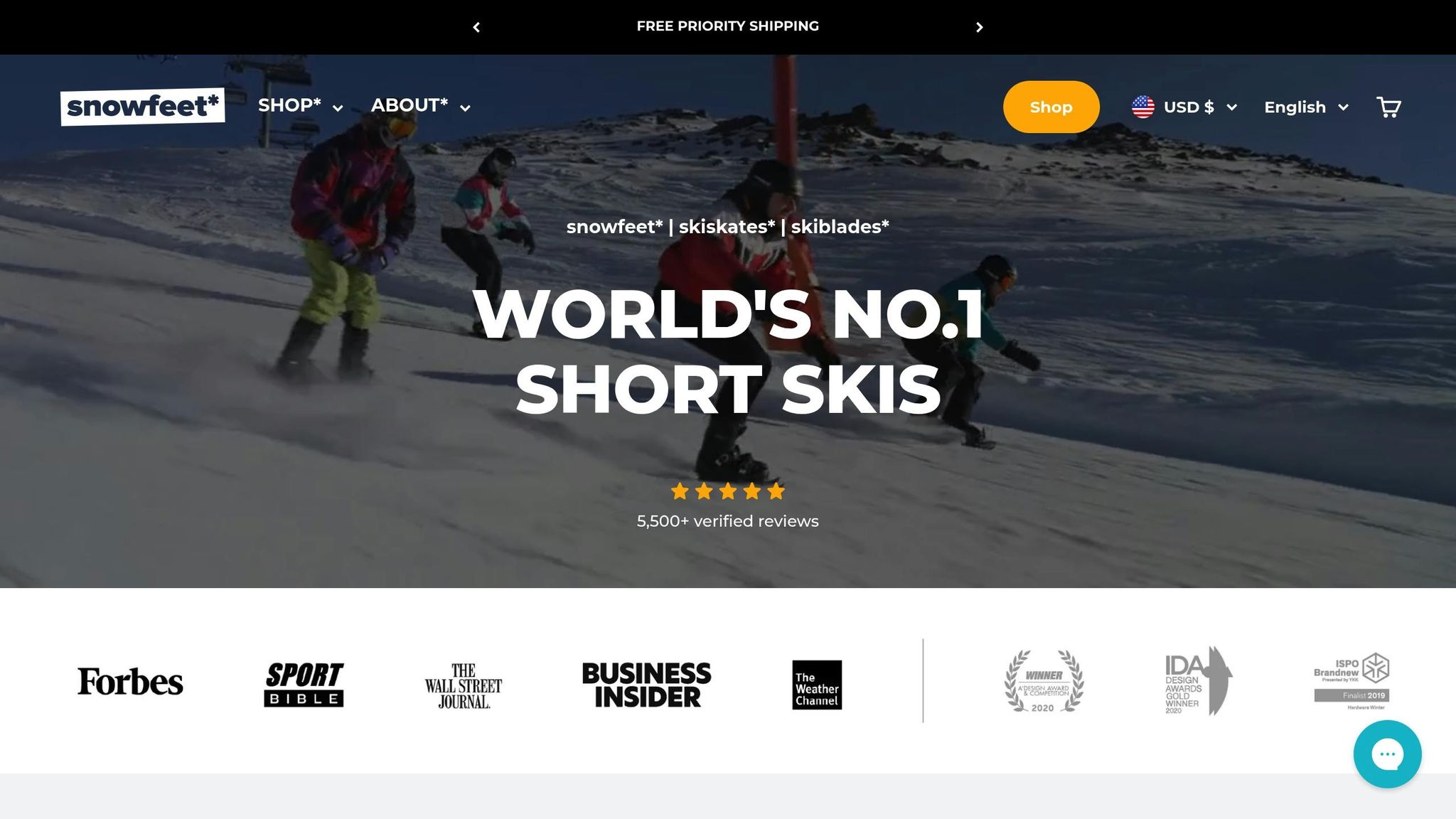
Snowfeet* apporte une nouvelle dynamique aux sports de neige avec leurs options d'équipement compactes. Leurs Mini Ski Skates, Skiblades et Skiskates fonctionnent parfaitement avec des chaussures d'hiver ou de snowboard classiques, éliminant le besoin de chaussures spécialisées. Mesurant environ 15 pouces (38 cm) de long, les Snowfeet Mini Ski Skates permettent des mouvements créatifs sans l'encombrement d'un équipement volumineux.
Pour ceux qui recherchent des performances plus avancées, le Snowfeet PRO et les Skiskates offrent des capacités améliorées sans sacrifier la portabilité. Même leur option plus longue, les Snowfeet Short Skis, mesure environ 47 pouces et est conçue pour une manipulation facile et une précision accrue. Contrairement aux marques traditionnelles telles que Burton, Rossignol et K2 qui se concentrent sur des configurations plus grandes et complexes, Snowfeet* prouve que des designs plus petits et épurés peuvent offrir un meilleur contrôle et une expérience plus amusante et agile sur les pistes.
Cette approche minimaliste est particulièrement avantageuse sur les parcours qui respectent les normes strictes de la FIS.
Normes des parcours Big Air
Les parcours Big Air sont construits selon des spécifications rigoureuses établies par la Fédération Internationale de Ski et de Snowboard (FIS). Cela inclut une rampe de départ d'au moins 30 mètres (98,4 pieds) de long, un angle de décollage d'au moins 25 degrés, et une distance minimale de 15 mètres (32,8 pieds) entre le point de décollage et la zone d'atterrissage.
Des normes aussi précises exigent un équipement offrant un contrôle net et réactif - une qualité reconnue des équipements Snowfeet*. Son design léger et compact donne un avantage aux riders, surtout lors de l’atterrissage des figures dans la « zone idéale » d’atterrissage. Bien que les parcours varient selon les événements, disposer d’un équipement facile à manœuvrer et rapide à réagir reste un atout majeur pour des performances constantes.
Snowfeet* vs marques standard de ski et snowboard
Principaux avantages de Snowfeet*
Plongeons dans ce qui fait la différence avec Snowfeet* comparé aux marques traditionnelles comme Burton, Rossignol, K2, et Salomon. D’abord, la portabilité change la donne. Contrairement aux skis et snowboards encombrants qui nécessitent souvent des porte-bagages ou des sacs surdimensionnés, les Snowfeet* Mini Ski Skates mesurent environ 15 pouces. Cela signifie que vous pouvez les glisser dans un sac à dos - aucun équipement spécial requis.
Un autre gros avantage ? La facilité d’utilisation. Snowfeet* fonctionne avec vos chaussures d’hiver ou de snowboard habituelles, donc pas besoin d’investir dans des chaussures spécialisées. Cela permet non seulement d’économiser de l’argent, mais aussi d’accélérer les transitions, surtout lors des événements Big Air à enjeux élevés. Oubliez les longues phases d’ajustement des équipements traditionnels - Snowfeet* simplifie tout.
Le design léger aide aussi à réduire la fatigue, ce qui est un énorme avantage pour les athlètes lors des entraînements ou compétitions. Dans les épreuves de Big Air, où les riders sont constamment en mouvement, cet équipement plus léger facilite l’enchaînement des runs et maintient la concentration.
Et n’oublions pas la polyvalence. Snowfeet* ne se limite pas aux pistes damées. Vous pouvez les utiliser hors-piste ou même dans votre jardin. Cette adaptabilité ouvre plus d’opportunités pour pratiquer et expérimenter de nouvelles figures, poussant votre créativité à un niveau supérieur.
Tableau comparatif : Snowfeet* vs équipement de ski standard
| Caractéristique | Snowfeet* | Skis traditionnels | Snowboards traditionnels |
|---|---|---|---|
| Longueur | 15–47 pouces | Généralement 63–75 pouces | Généralement 58–65 pouces |
| Portabilité | Se glisse dans un sac à dos | Nécessite un porte-bagages de toit ou un sac | Nécessite un sac spécialisé |
| Compatibilité des chaussures | Compatible avec des chaussures normales | Nécessite des chaussures de ski | Nécessite des chaussures de snowboard |
| Installation | Rapide, sans outil | Nécessite des outils et du temps | Nécessite des ajustements |
| Fourchette de prix | 250 $–775 $ | Généralement plus haut | Généralement plus haut |
La taille compacte et l'installation simple de Snowfeet* ne sont pas seulement pratiques - elles peuvent directement améliorer la performance, surtout en compétitions de Big Air.
Comment Snowfeet* soutient la créativité en Big Air
Le design de Snowfeet* vise à donner un avantage aux riders pour réaliser des figures audacieuses. Dans les compétitions de Big Air, les juges recherchent la hauteur, la difficulté et une exécution propre. La taille plus petite et la légèreté de Snowfeet* facilitent les rotations, les spins et les manœuvres en l'air - des choses qui peuvent sembler lourdes avec un équipement traditionnel.
L'atterrissage est également plus fluide avec Snowfeet*. Sa réactivité offre aux riders plus de contrôle, ce qui est crucial lorsqu'on descend de grandes hauteurs. De plus, comme l'installation est rapide et sans tracas, les athlètes peuvent passer moins de temps à bricoler leur matériel et plus de temps à perfectionner leurs figures. Ce montage encourage les riders à repousser leurs limites et à essayer des figures qui pourraient sembler trop difficiles avec un équipement plus lourd et encombrant.
sbb-itb-17ade95
Se préparer pour les compétitions de Big Air
Choisir le bon équipement
Avoir le bon équipement peut faire toute la différence dans votre performance en Big Air, et Snowfeet* propose des options solides adaptées à différents niveaux de compétence.
Si vous débutez, les Snowfeet Mini Ski Skates (38 CM) sont un excellent choix. Proposés à partir de 250 $, leur design compact de 15 pouces est très indulgent, ce qui facilite la concentration sur la maîtrise de votre technique lors des séances d'entraînement.
Pour les plus expérimentés, le Snowfeet PRO (50 CM) à 275 $ vaut la peine d'être considéré. Ils sont conçus pour de meilleures performances tout en restant légers - quelque chose que les skis traditionnels de marques comme Rossignol ou K2 ne peuvent pas vraiment égaler. Les fixations réglables ajoutent de la précision pour réaliser ces figures aériennes complexes, et la construction durable supporte les atterrissages difficiles liés à l'entraînement Big Air.
Si vous concourez à un niveau avancé et êtes prêt à tout donner, les Skiskates (44 CM), à partir de 575 $, pourraient être votre choix. Ils disposent d'un noyau en bois qui offre la réactivité que les juges adorent lors d'événements à enjeux élevés. De plus, contrairement aux installations traditionnelles encombrantes nécessitant des bottes spéciales et des réglages sans fin, ceux-ci vous permettent de passer rapidement et facilement d'une descente à l'autre.
Le matériel Snowfeet* n'est pas seulement pour les pistes. Vous pouvez vous entraîner dans les snowparks, sur les pentes glissantes, les sentiers de randonnée, ou même dans votre jardin. Une fois que vous avez le bon équipement, il est temps de vous concentrer sur le perfectionnement de vos figures et l'accumulation de points.
Apprendre les figures et maximiser les scores
Le scoring Big Air se résume à cinq domaines clés : difficulté, exécution, amplitude, atterrissage et progression. Le design léger et réactif du matériel Snowfeet* ouvre des opportunités pour des figures que vous ne pouvez tout simplement pas réaliser avec des skis ou snowboards traditionnels.
Pour améliorer vos scores, visez la hauteur maximale de saut et travaillez les rotations multi-axes. Comme Snowfeet* est si léger, vous n'avez pas besoin d'autant d'effort pour obtenir un temps d'air sérieux. Ce temps de suspension supplémentaire vous donne plus de marge pour réaliser des rotations complexes et réussir un atterrissage parfait.
Pour l'exécution, des figures propres et contrôlées sont la clé. Snowfeet* aide vraiment ici. Le design tolérant signifie des chutes plus sûres et une courbe d'apprentissage plus facile, vous permettant de répéter de nouveaux mouvements encore et encore sans la peur liée à un équipement plus lourd et moins flexible.
Un plan d'entraînement intelligent est essentiel. Commencez hors neige avec des trampolines et des fosses en mousse pour développer la conscience aérienne. Ensuite, passez à l'entraînement aquatique en utilisant des plongeoirs pour affiner vos rotations. Enfin, passez à la neige. Snowfeet* rend cette progression plus fluide et moins intimidante que les installations traditionnelles.
S'entraîner avec Snowfeet*
S'entraîner avec le matériel Snowfeet* présente des avantages évidents. Contrairement aux skis ou snowboards traditionnels, Snowfeet* fonctionne sur tous types de terrains - que ce soit les pistes de ski, les snowparks, les pentes glissantes, les sentiers de randonnée, ou même votre jardin. Cette polyvalence signifie plus d'opportunités d'entraînement, ce qui se traduit par des progrès plus rapides.
La courbe d'apprentissage rapide change la donne. Alors que les skieurs traditionnels peuvent passer des semaines à prendre le courage d'essayer de nouvelles figures aériennes, les utilisateurs de Snowfeet* y parviennent souvent en quelques jours seulement. La peur réduite de tomber et le design plus sûr rendent l'expérimentation de nouveaux mouvements beaucoup moins intimidante.
Pour un entraînement plus avancé, envisagez les modèles Snowfeet* avec fixations de snowboard. Ceux-ci vous offrent plus de flexibilité pour les figures tout en gardant le confort entre les descentes. C'est un excellent équilibre entre la maniabilité des skis courts et le contrôle de style snowboard.
Un autre grand avantage ? La portabilité. Contrairement aux installations traditionnelles de marques comme Burton ou Salomon qui nécessitent des barres de toit et des sacs encombrants, Snowfeet* tient dans un sac à dos. Cela signifie que vous pouvez vous entraîner pratiquement partout où il y a de la neige - collines locales, parcs, ou partout où vous trouvez un bon spot. Cette commodité vous permet de pratiquer plus souvent, développant la confiance et la mémoire musculaire nécessaires pour dominer les compétitions de Big Air. Snowfeet* s'impose comme un véritable changement de jeu dans la préparation des athlètes à ces événements.
Conclusion
Points clés sur les règles et l'équipement du Big Air
Les compétitions de Big Air se concentrent sur cinq critères principaux de jugement : difficulté, exécution, amplitude, réception et progression. Alors que l'équipement traditionnel de ski et de snowboard a longtemps été la norme, Snowfeet* bouscule les choses avec des alternatives compactes et légères. Ces mini skis sont non seulement plus faciles à transporter, mais ils améliorent aussi l'agilité, offrant aux athlètes une nouvelle façon d'aborder leur entraînement et leurs performances.
L'équipement Snowfeet* est assez petit pour tenir dans un sac à dos, ce qui le rend parfait pour s'entraîner sur une variété de terrains. Cette portabilité aide les athlètes à affiner leurs compétences plus rapidement et à s'adapter à différentes conditions, ouvrant la voie à de nouvelles possibilités dans les événements de Big Air.
L'avenir avec Snowfeet*
À mesure que l'équipement des sports d'hiver évolue, des innovations comme Snowfeet* ouvrent la voie à de nouvelles approches en matière de performance et de créativité. La tendance se tourne vers des équipements plus courts et plus adaptables, avec Snowfeet* en tête de file. Ils remettent en question la croyance traditionnelle selon laquelle des skis plus longs sont nécessaires pour la stabilité et la vitesse, mettant plutôt en avant les avantages des skis plus courts pour une agilité accrue et une expérience plus dynamique sur les pistes.
Les fondateurs de Snowfeet*, Zbynek et Michael, poussent même à faire du skiskating un sport olympique. Leur gamme de produits va des Mini Ski Skates adaptés aux débutants aux modèles haute performance avec noyaux en bois, répondant aux besoins des athlètes de tous niveaux. De plus, vous pouvez les utiliser avec des chaussures d'hiver classiques - pas besoin de bottes spécialisées coûteuses. Cette accessibilité fait de Snowfeet* une option attrayante tant pour les utilisateurs occasionnels que pour les compétiteurs sérieux.
Que vous vous prépariez pour des compétitions de Big Air, que vous profitiez d'une journée décontractée dans la neige, ou que vous intégriez des séances d'entraînement régulières, Snowfeet* offre polyvalence et commodité. Alors que la scène du Big Air continue d'évoluer, adopter un équipement innovant comme Snowfeet* pourrait donner aux athlètes l'avantage dont ils ont besoin pour se démarquer - offrant créativité, portabilité et facilité d'utilisation dans un seul ensemble.
Règles du jeu : Big Air
FAQ
Pourquoi le matériel Snowfeet* est-il mieux adapté aux compétitions de Big Air comparé aux skis et snowboards traditionnels ?
Le matériel Snowfeet* brille dans les compétitions de Big Air grâce à sa construction compacte et légère qui offre aux athlètes une agilité et un contrôle incroyables. Contrairement à l'encombrement des skis ou snowboards traditionnels, Snowfeet* facilite la réalisation de rotations, flips et autres figures aériennes avec précision et assurance.
Son design plus court et flexible fonctionne aussi bien sur différents types de neige, offrant aux compétiteurs un avantage fiable dans des environnements en constante évolution. Que vous fassiez du skiskating ou que vous réalisiez des figures aériennes intenses, Snowfeet* aide à rendre chaque mouvement plus fluide, rapide et naturel – exactement ce qu'il faut pour exceller en Big Air.
Comment les figures sont-elles jugées et notées dans les compétitions de Big Air, et quels facteurs peuvent influencer le score d'un athlète ?
Dans les compétitions de Big Air, les juges évaluent les figures selon cinq critères principaux : difficulté, hauteur (amplitude), exécution, variété et progression. En clair, plus la figure est difficile, plus le saut est haut, et plus l'exécution est propre et originale, meilleur est le score. Les juges sont particulièrement impressionnés quand les athlètes apportent une touche d'innovation, repoussant les limites du sport.
À l'inverse, les scores peuvent être pénalisés pour des raisons comme une faible altitude, des atterrissages désordonnés, une mauvaise précision technique ou la répétition des mêmes figures. Pour décrocher un score élevé, les athlètes doivent offrir des performances fluides et impressionnantes qui allient habileté et créativité. Et si vous avez envie d'essayer quelque chose de nouveau dans la neige, les mini skis ou Skiskates Snowfeet* pourraient être exactement ce qu'il vous faut. Ils apportent une touche ludique au ski ou au snowboard traditionnel, parfaits pour varier les plaisirs cet hiver.
Qu'est-ce qui rend le format jam session unique dans les compétitions de Big Air, et pourquoi est-il préféré aux formats traditionnels ?
Le format jam session dans les compétitions de Big Air apporte une touche de fraîcheur en mettant l'accent sur la créativité et le flow. Plutôt que de suivre la structure rigide des runs individuels chronométrés, ce format permet aux athlètes d'enchaîner plusieurs figures et combinaisons. Le résultat ? Une expérience plus vivante et palpitante pour les riders comme pour le public.
Ce setup donne aussi aux juges une meilleure chance d'évaluer la constance, l'adaptabilité et le sens de l'originalité d'un athlète. De plus, il crée une ambiance collaborative qui augmente l'excitation pour tous les spectateurs. Le format jam session met vraiment en lumière la compétence et l'imagination qui rendent les compétitions de Big Air si captivantes.





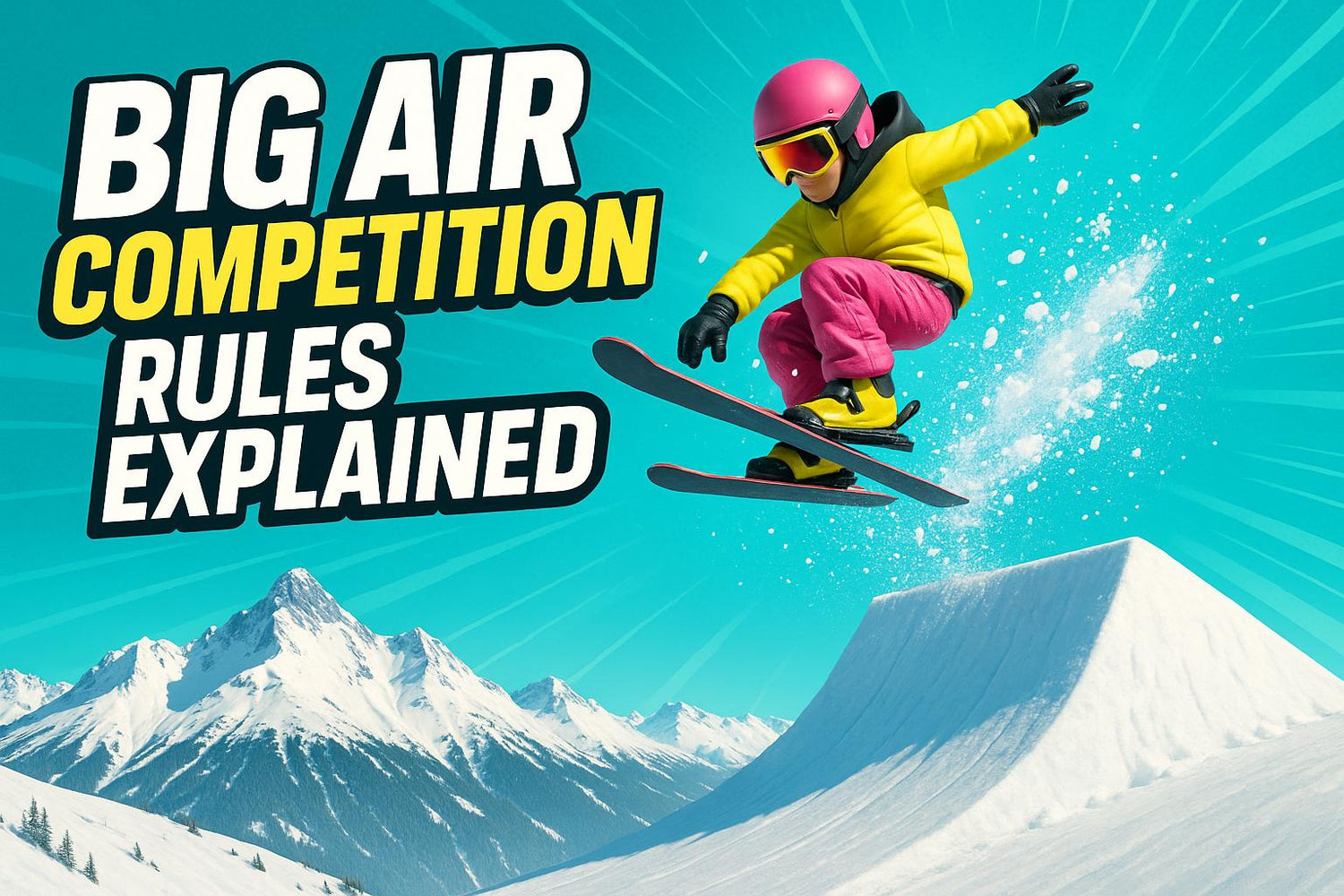
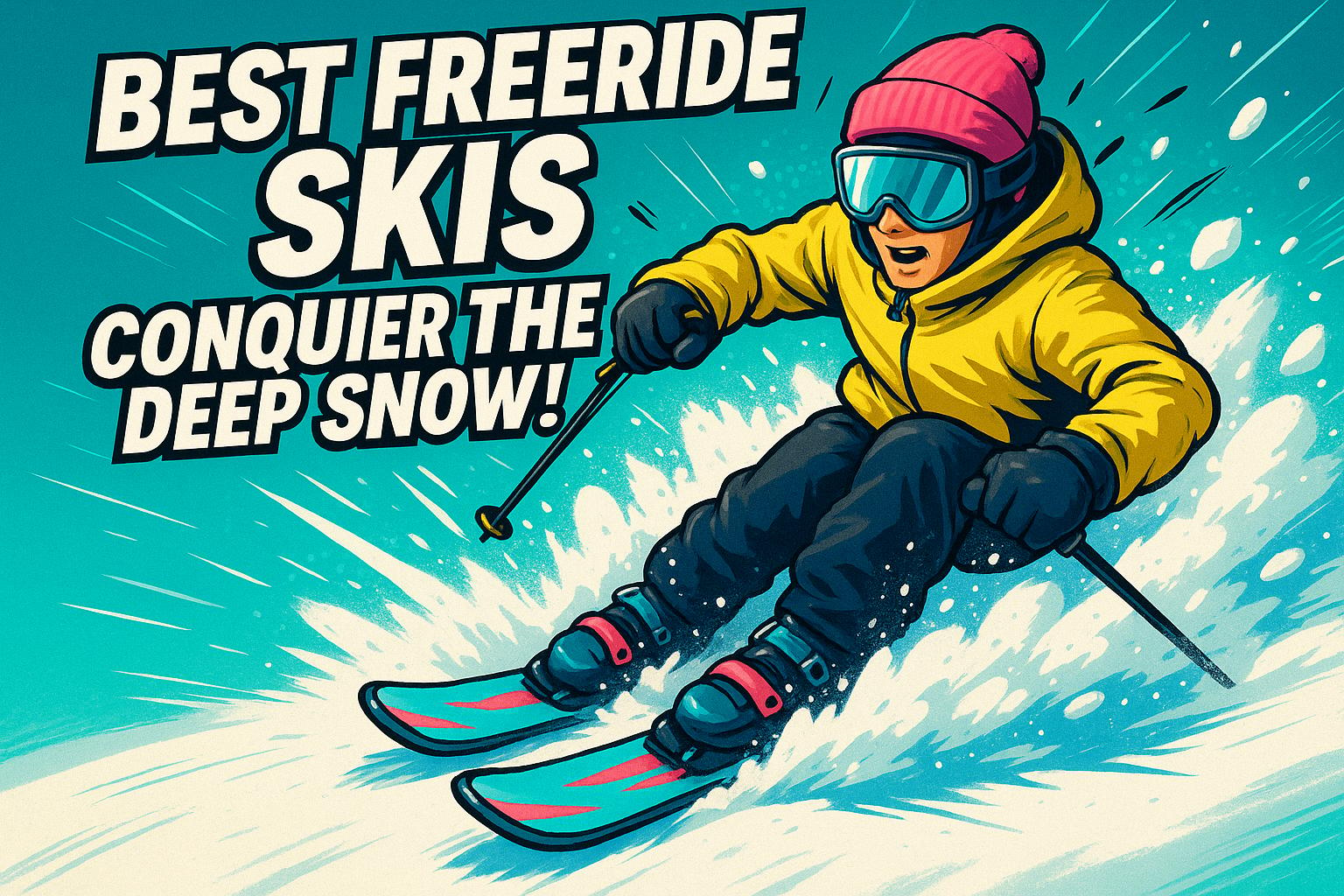
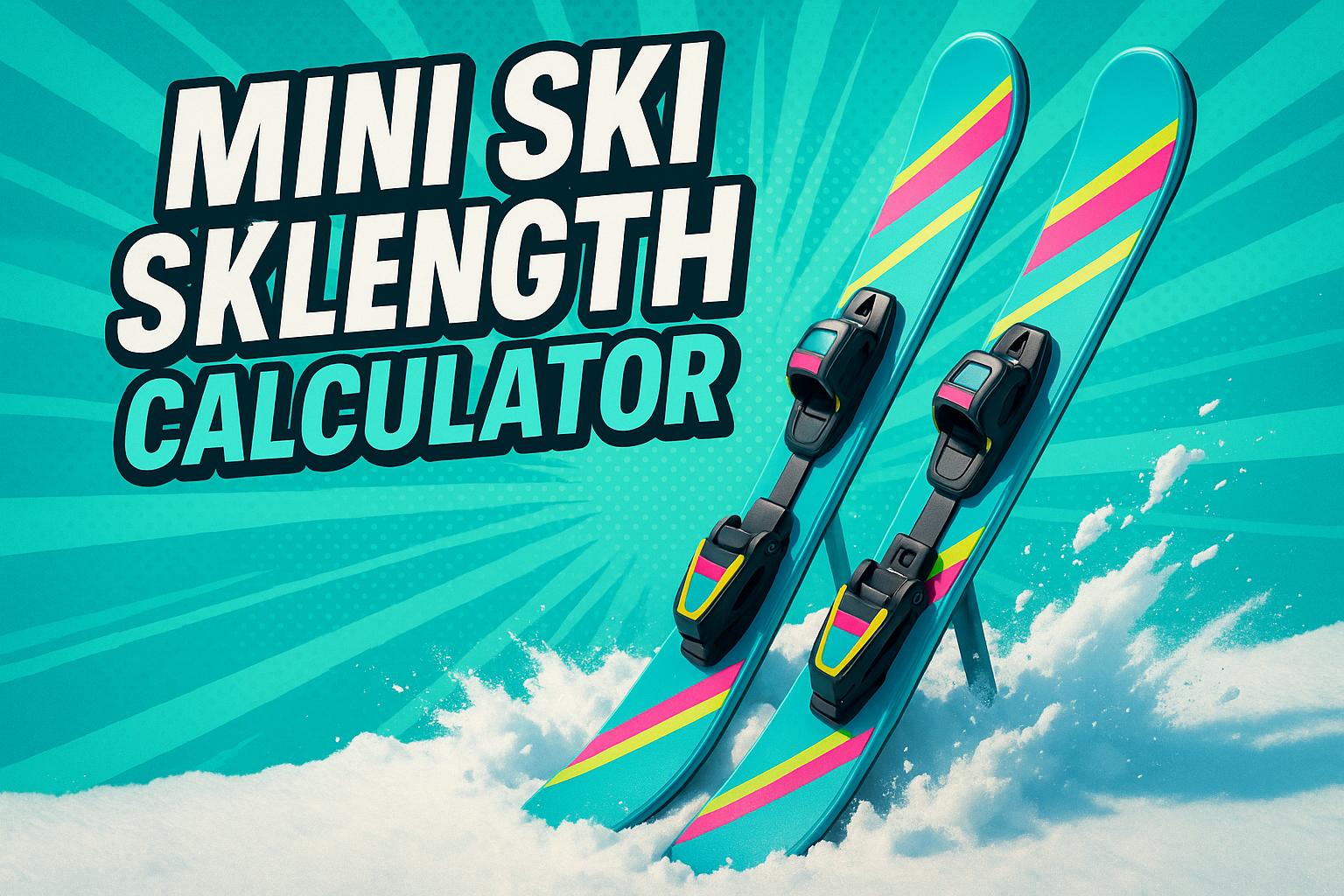

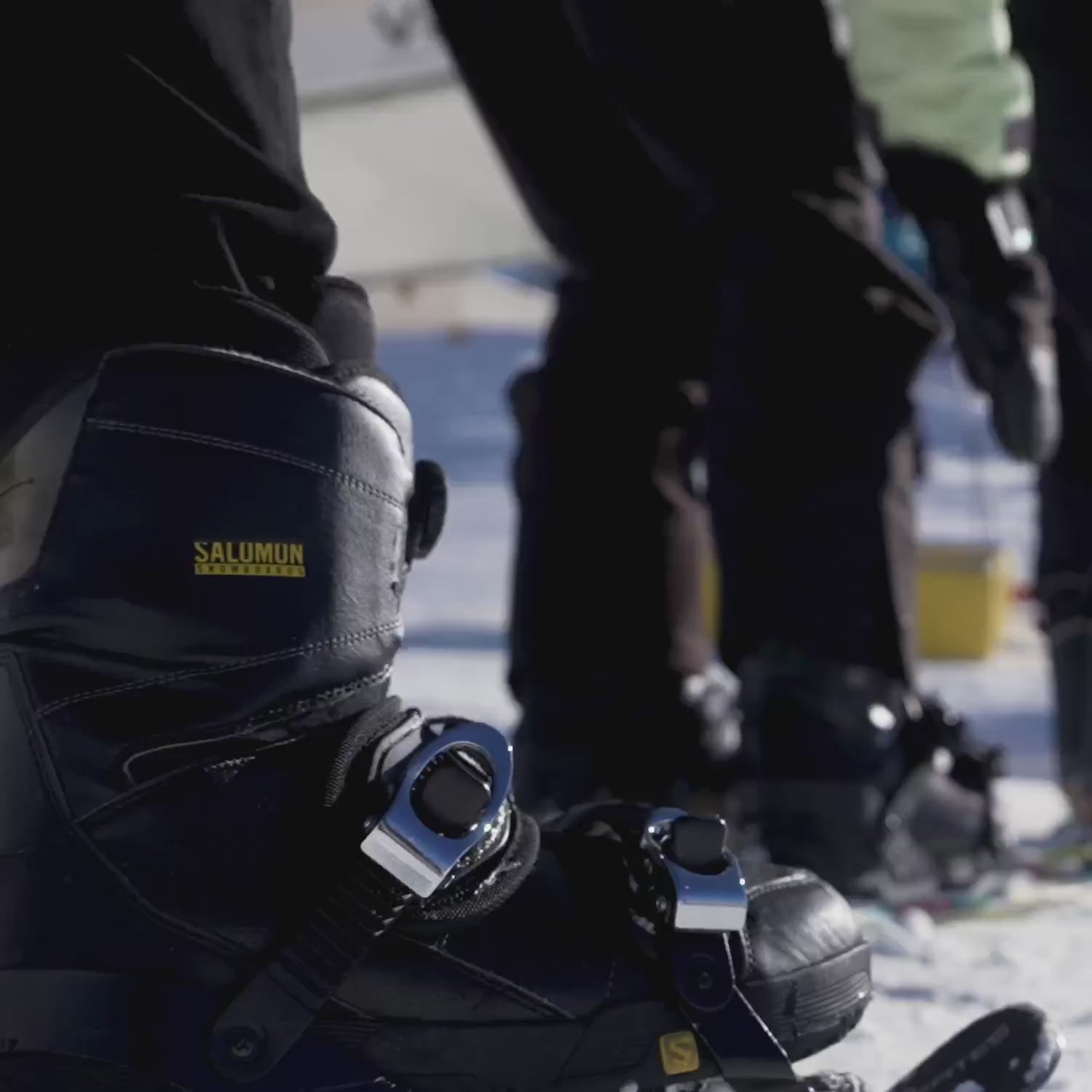

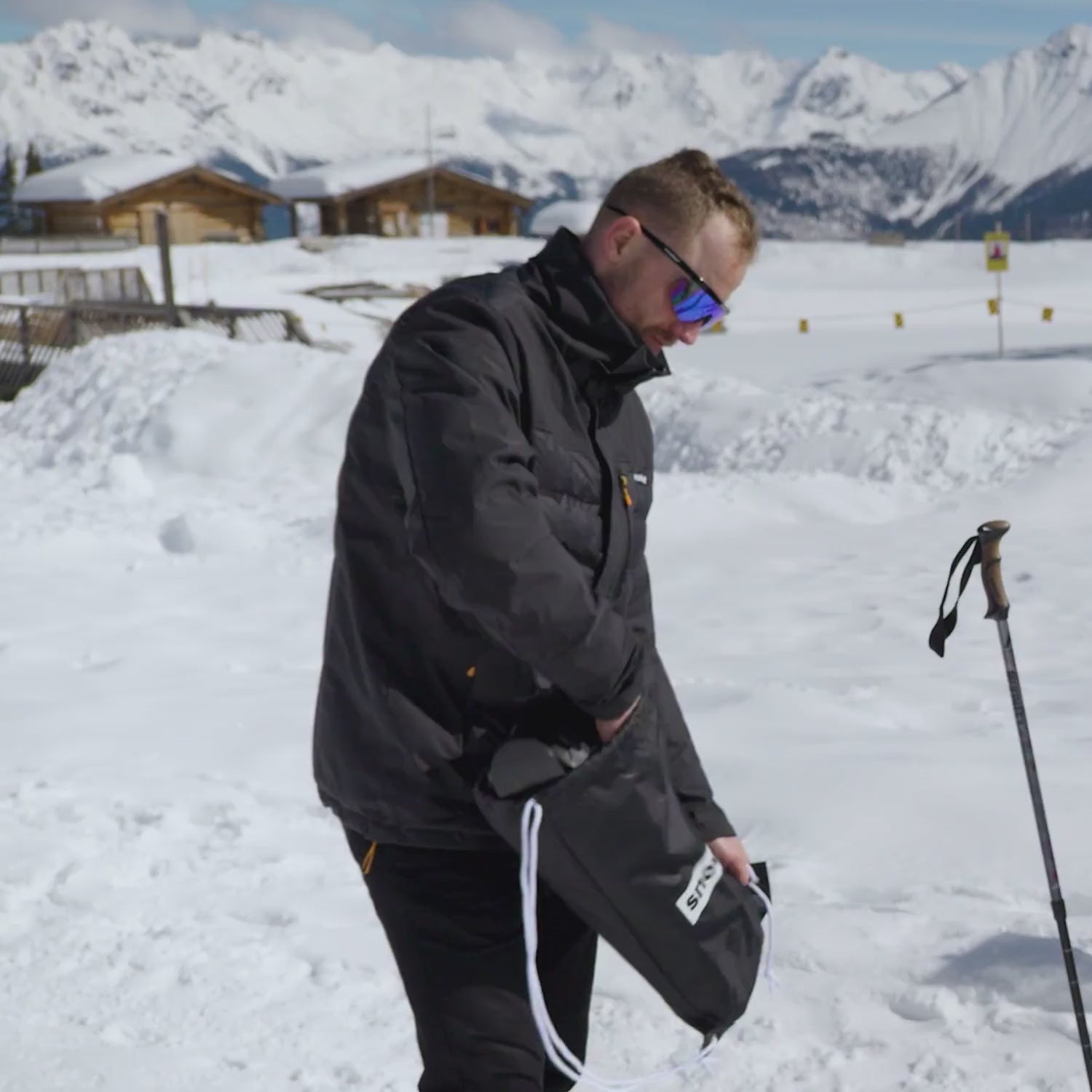
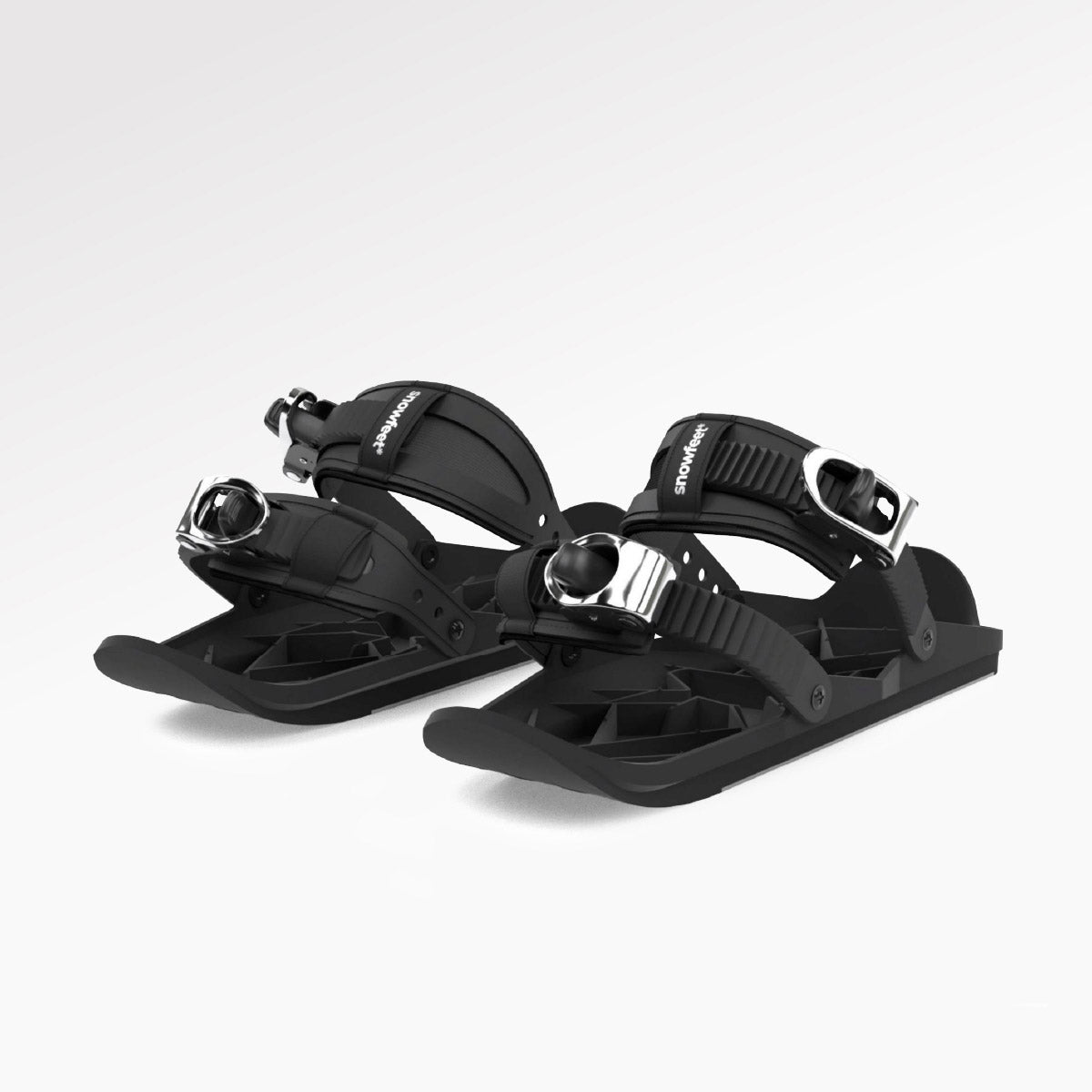
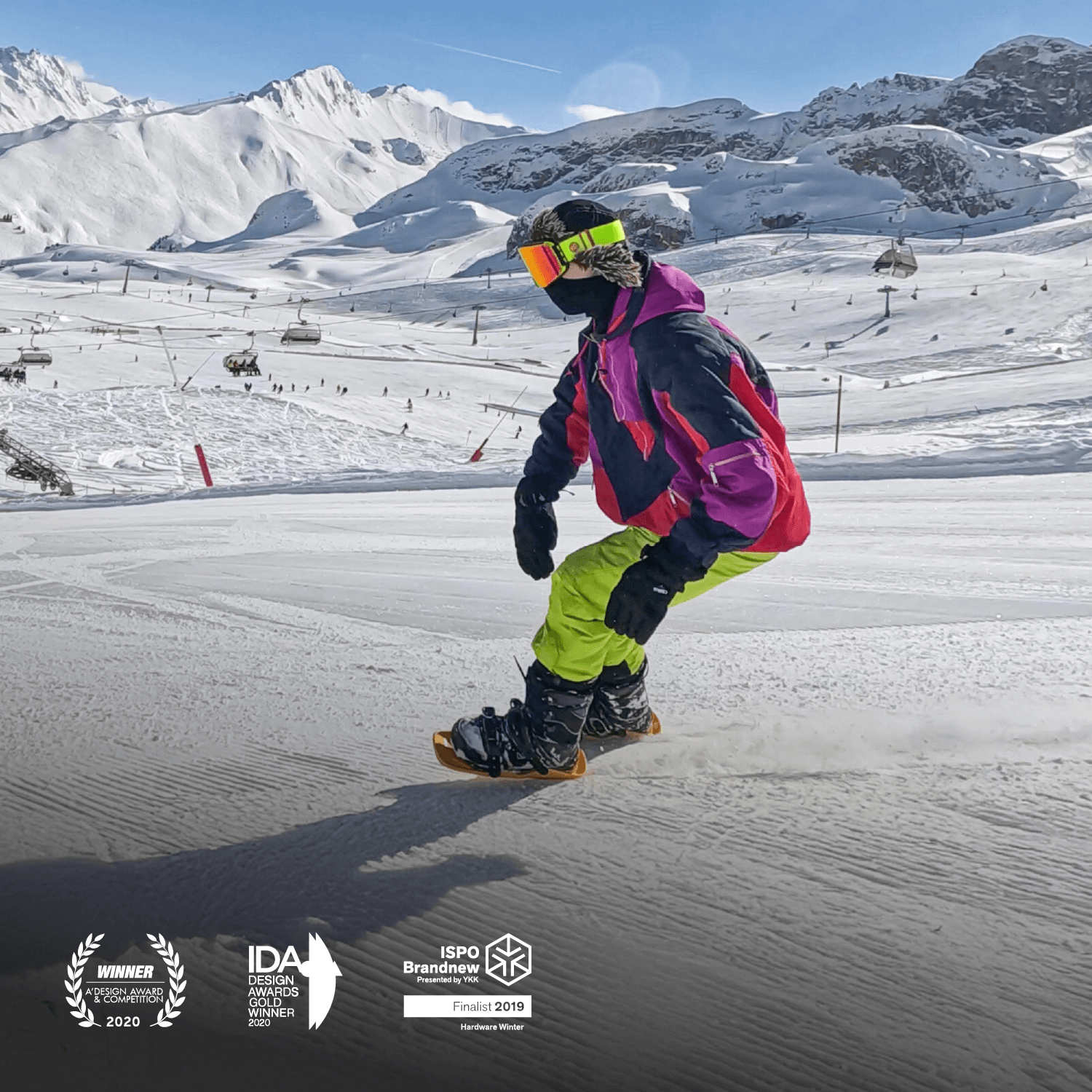
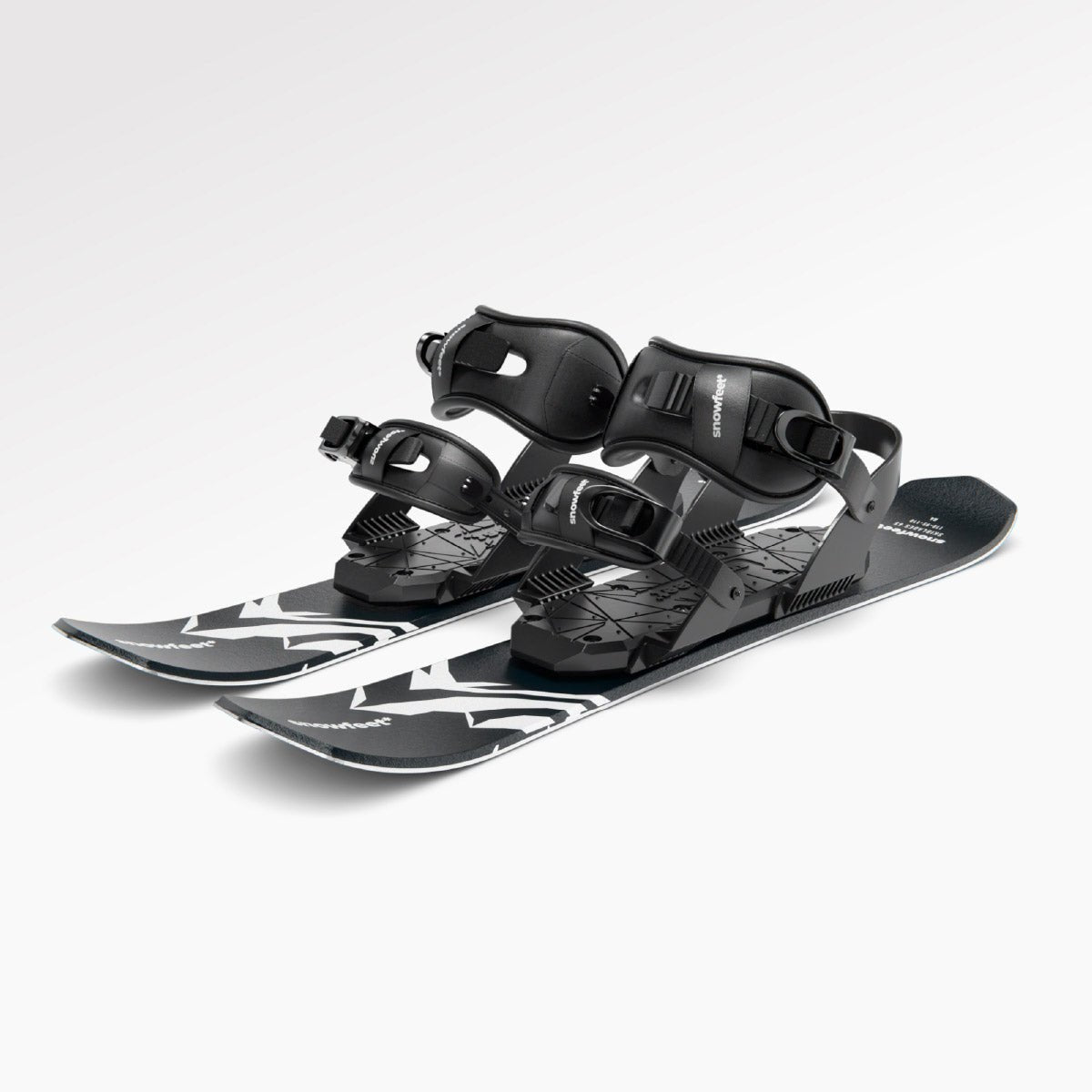
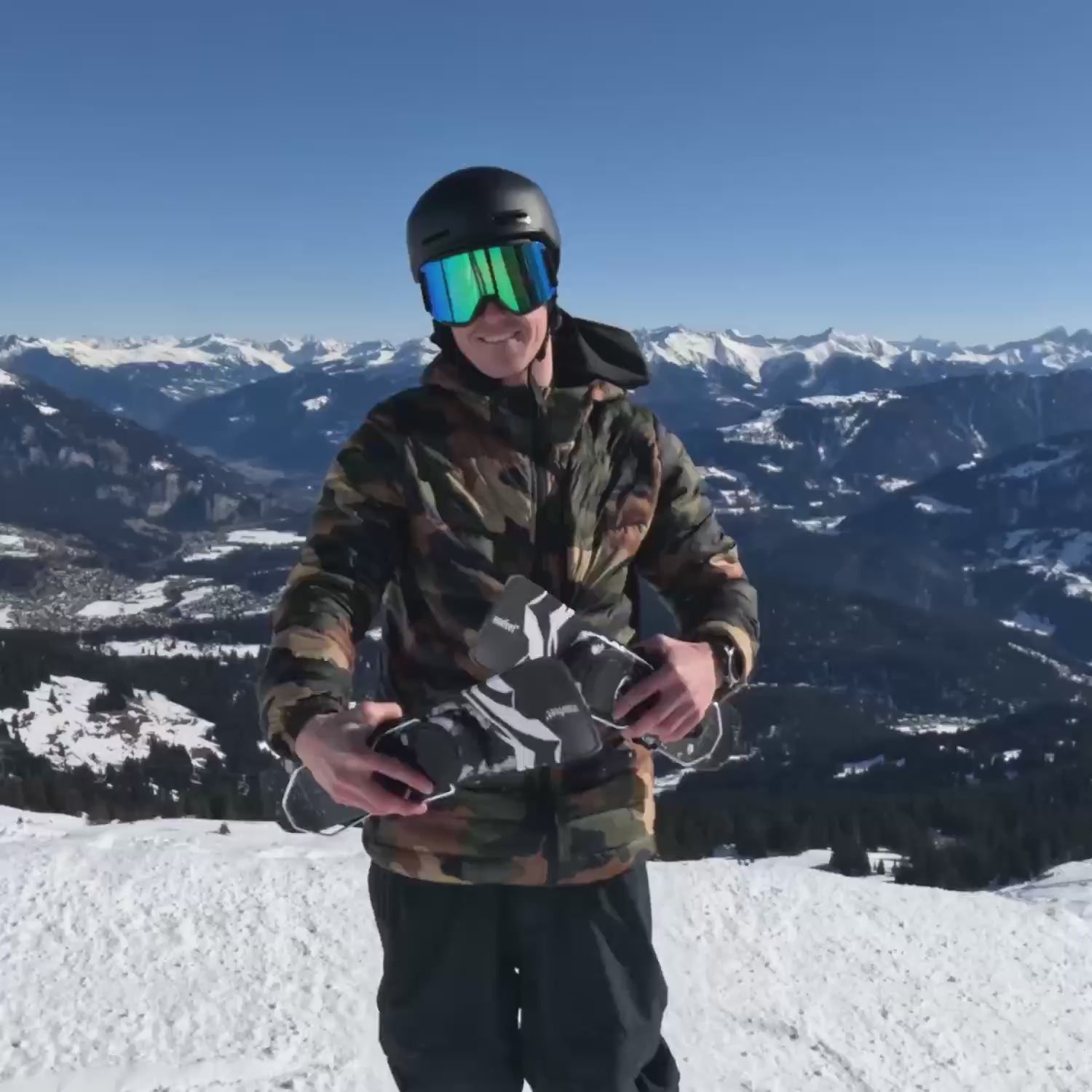
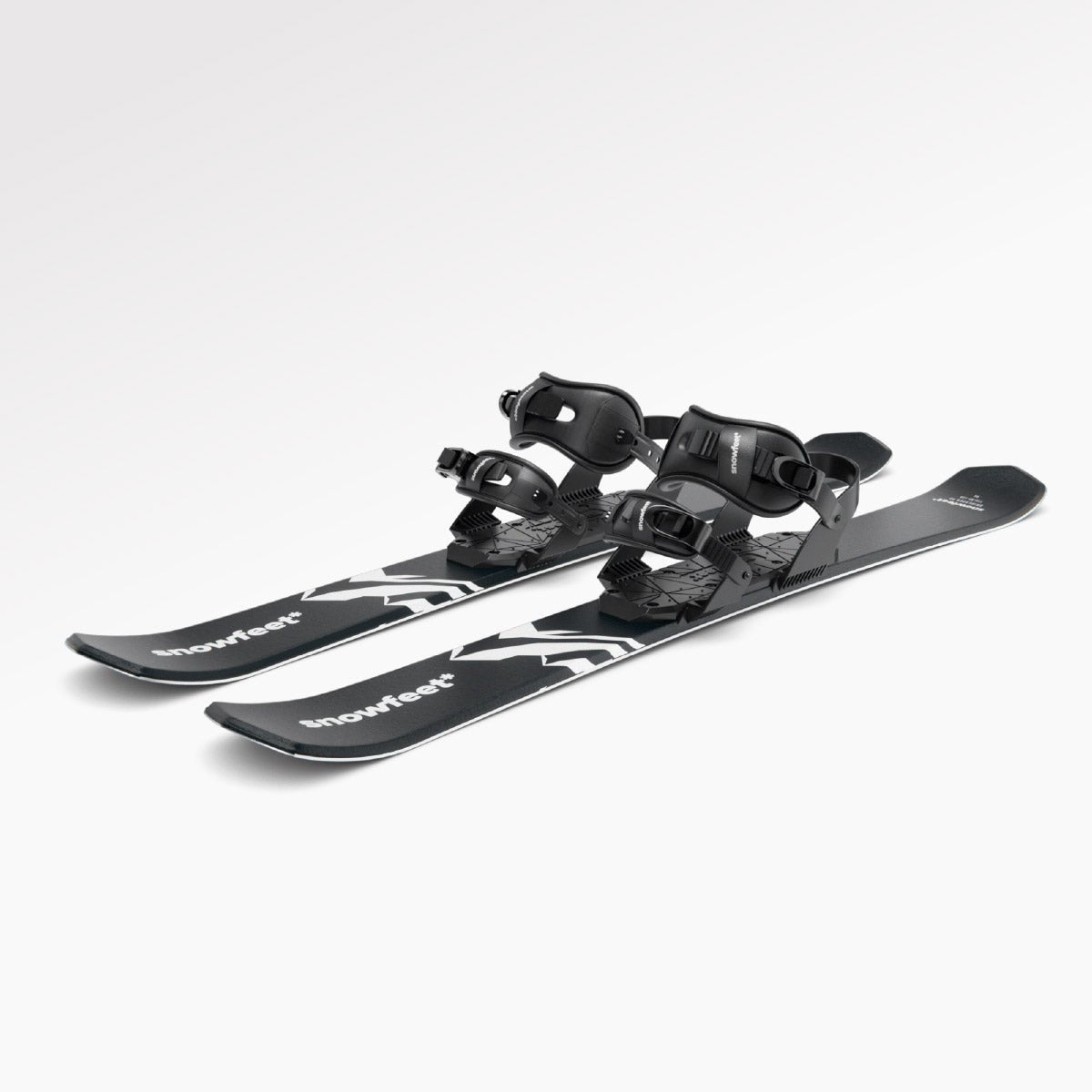
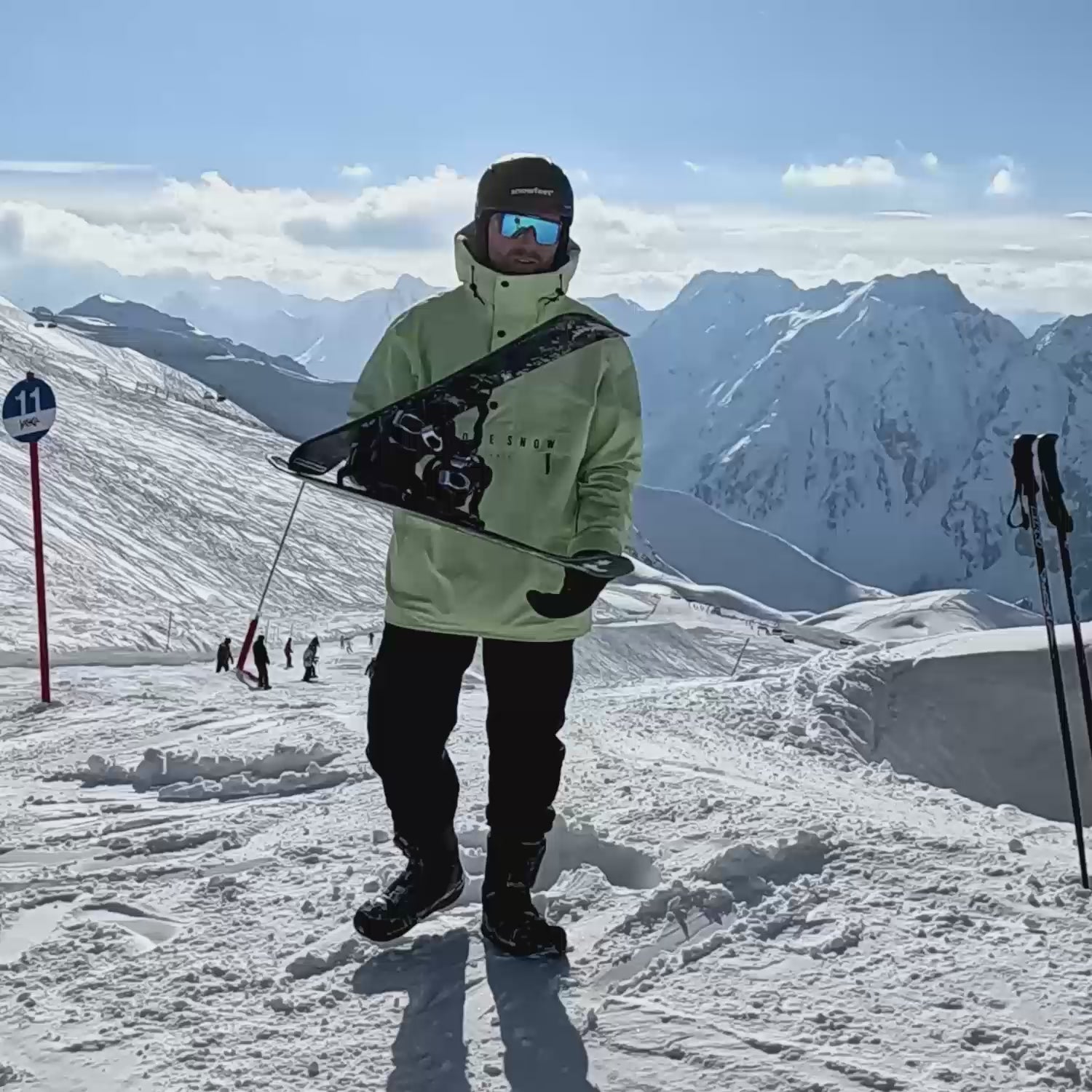
Laisser un commentaire
Ce site est protégé par hCaptcha, et la Politique de confidentialité et les Conditions de service de hCaptcha s’appliquent.